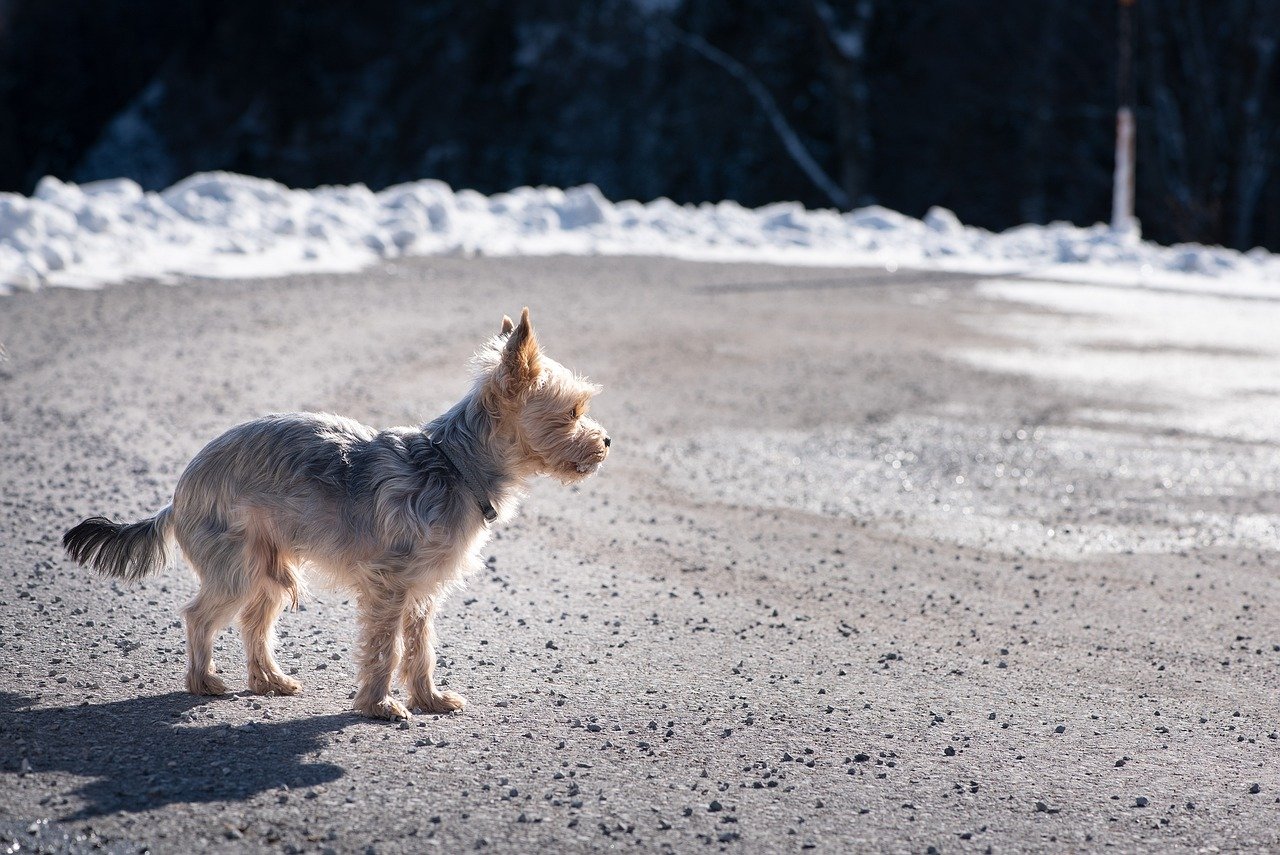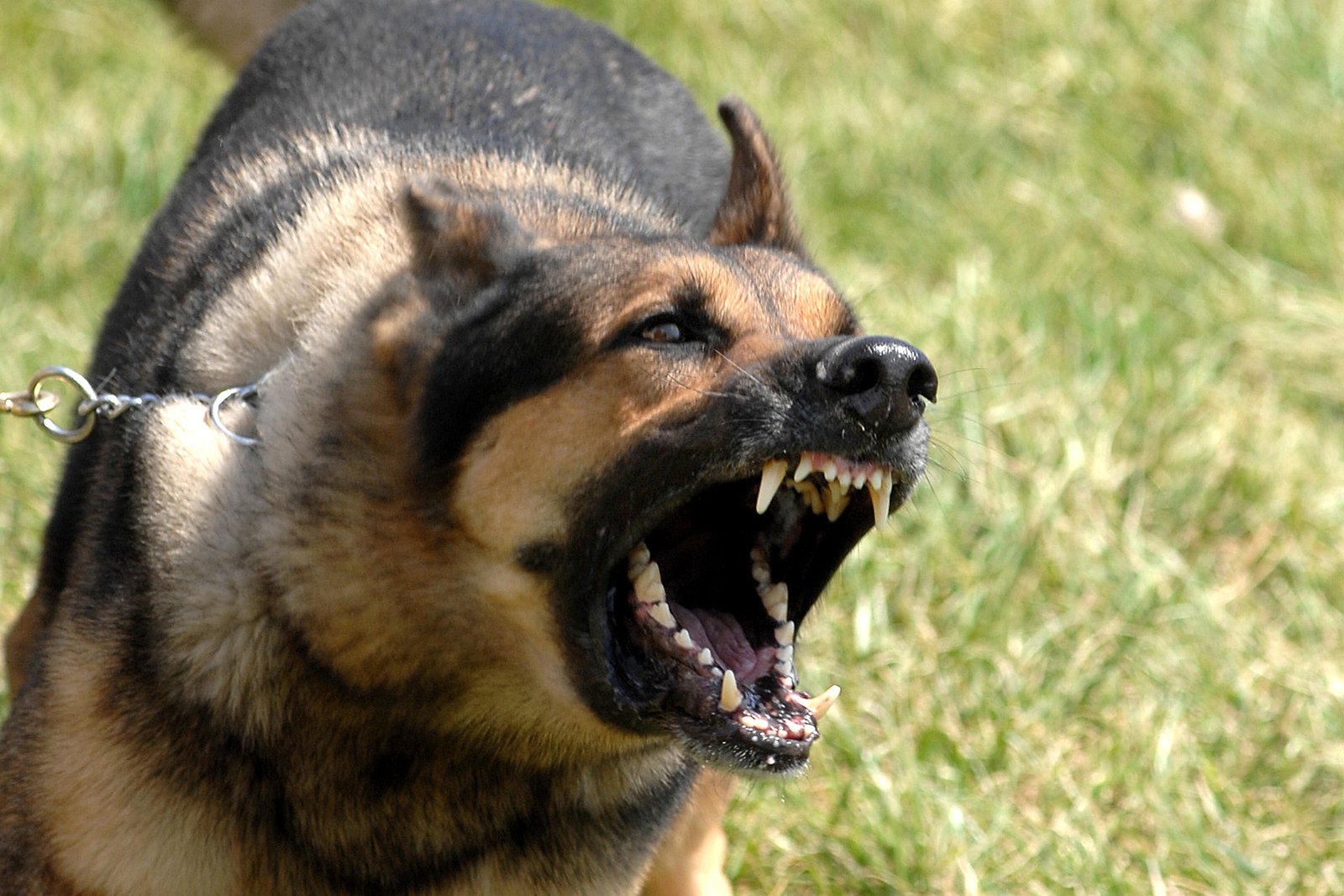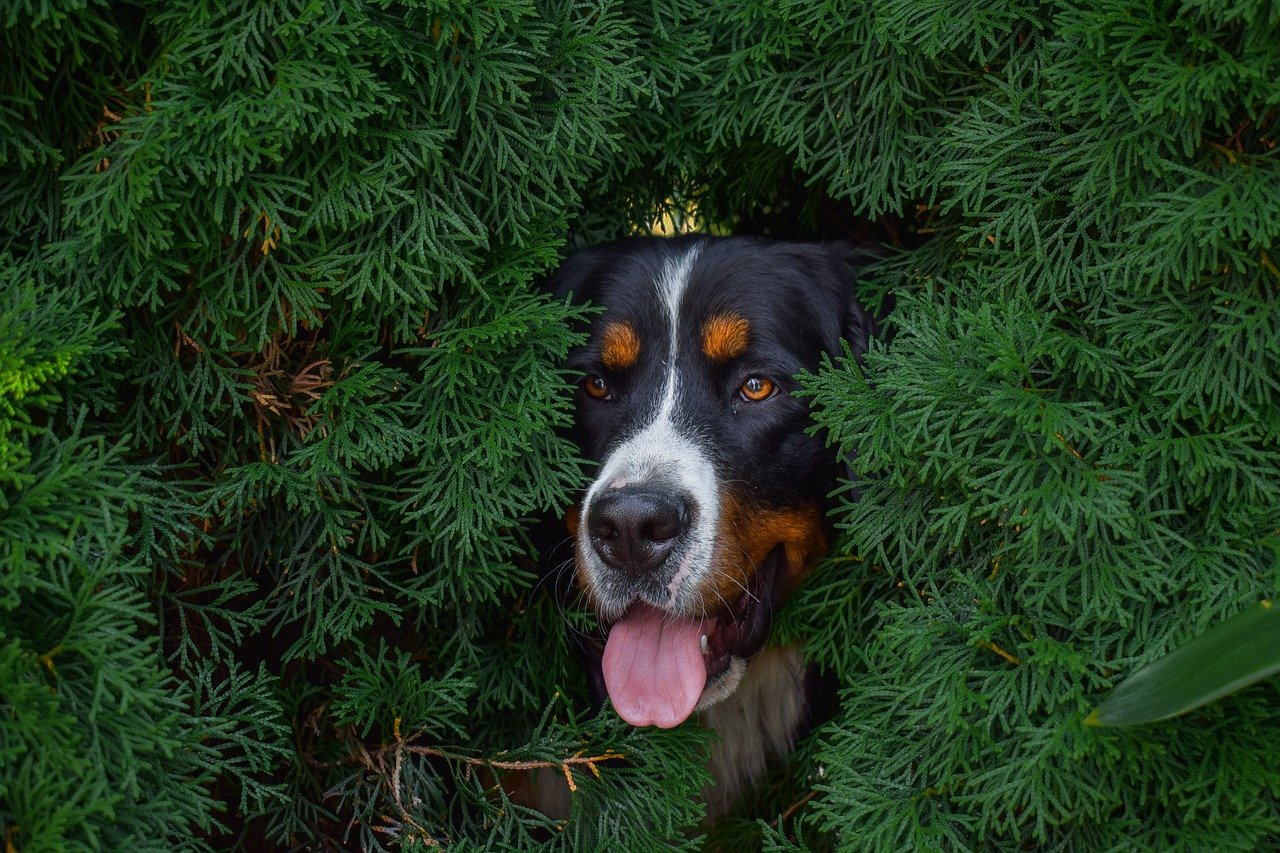Dogs, our loyal companions, have been by our side for thousands of years. Throughout this time, they have developed a unique way of communicating with us. While they may not use words, dogs certainly have their own language, filled with gestures, barks, and body movements. Understanding these signals can deepen the bond between you and your furry friend and ensure their needs are met. Let’s delve into the ten signs that your dog might be trying to convey something truly important.
1. Persistent Barking or Whining

When your dog barks or whines persistently, it’s often more than just noise. They may be trying to alert you to something unusual, such as a stranger approaching the house, or they could be in discomfort. Think of it as their version of shouting for attention. Just as a baby cries when they need something, your dog uses these vocalizations to draw you in. Listen closely; sometimes, the tone and pitch can provide clues about their emotional state, whether it’s excitement, anxiety, or a plea for help.
2. Sudden Changes in Appetite
If your dog suddenly loses interest in food or starts eating ravenously, it’s a sign worth noting. A change in appetite could indicate health issues, stress, or even a change in their environment. Imagine if you suddenly lost your appetite; it would likely be due to stress or feeling unwell. Dogs aren’t much different in this regard. Pay attention to these shifts and consult your vet if the behavior persists, ensuring your pup’s health isn’t at risk.
3. Excessive Licking or Chewing
Dogs often lick or chew themselves as a way to soothe discomfort. This behavior might indicate allergies, skin irritations, or even anxiety. Picture a child sucking their thumb for comfort; your dog might be doing something similar. If you notice excessive licking or chewing, it’s essential to inspect the area and possibly consult a veterinarian. By addressing the root cause, you can help alleviate your dog’s distress and prevent further complications.
4. Tail Position and Movement

The tail is a powerful communication tool for dogs. A wagging tail doesn’t always mean they’re happy. The speed, height, and direction of the wag can tell you a lot about how your dog feels. For instance, a high, stiffly wagging tail might indicate alertness or agitation, while a low wag could signal submission or fear. Think of their tail as a mood ring, offering insights into their emotional state. Observing these nuances will help you respond appropriately to their needs.
5. Ears Up or Down
Your dog’s ears can be incredibly expressive. When their ears are perked up, it often means they’re alert and paying attention. On the other hand, flat or back ears might suggest fear or submission. It’s similar to how humans raise their eyebrows when surprised or intrigued. By tuning into these subtle changes, you can gauge your dog’s feelings and react accordingly, ensuring they feel safe and understood.
6. Restlessness or Pacing

If your dog is pacing or appears restless, they’re likely trying to communicate unease or discomfort. This behavior might be akin to how we tap our fingers or pace when anxious. They could be sensing a storm, feeling bored, or even experiencing physical discomfort. Observing the context and circumstances surrounding this behavior can provide insight into their needs, allowing you to address any potential issues.
7. Sudden Aggression or Fearfulness

A dog displaying sudden aggression or fearfulness is often trying to communicate distress. This could be due to environmental changes, past trauma, or health issues. Imagine if you suddenly became irritable without understanding why; your dog might be experiencing something similar. It’s essential to approach them with patience and understanding, possibly seeking professional guidance if the behavior persists. Ensuring their environment feels safe can help alleviate these feelings.
8. Avoidance or Hiding

When your dog hides or avoids interaction, they’re likely overwhelmed or stressed. This behavior can be compared to how people sometimes need alone time to recharge. If your usually social dog starts retreating, it’s a sign to investigate potential stressors or health concerns. By providing a calm and reassuring environment, you can help them regain their confidence and comfort.
9. Changes in Sleep Patterns

A shift in your dog’s sleep patterns can be a telling sign. Whether they’re sleeping more or less, it could indicate health problems, age-related changes, or emotional distress. Think of it as how humans might struggle to sleep when stressed or unwell. Keeping an eye on these patterns and consulting with a vet if necessary can ensure your dog remains healthy and happy.
10. Unusual Body Postures

Finally, pay attention to your dog’s body language. Unusual postures, like a hunched back or tucked tail, can indicate discomfort or fear. It’s similar to how we might cross our arms when feeling defensive. By recognizing these signs, you can take steps to address their concerns, whether it’s a visit to the vet or simply offering reassurance.
Understanding these signs can transform your relationship with your dog. By listening to their unique language, you ensure their well-being and strengthen the bond you share. Always remember, your dog relies on you to interpret their signals and respond with love and care.

Born and bred in South Africa, a Capetonian at heart. Amy-Leigh’s love for nature and animals was inherited from her Dad. He loves taking the family on road trips to experience nature at its finest; Amy-Leigh’s favourite being whale watching in Hermanus and spotting Kudu along the West Coast. Amy-Leigh holds a BA in English Literature and Communication Studies.





